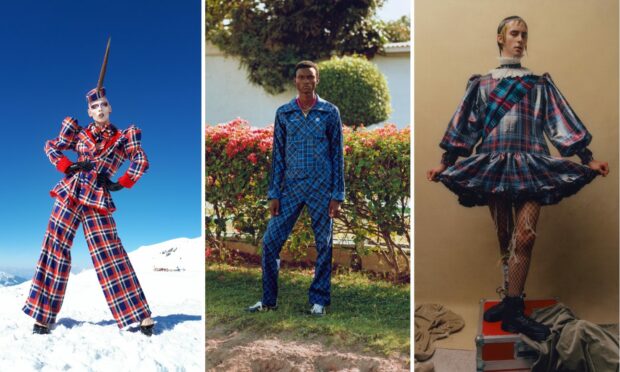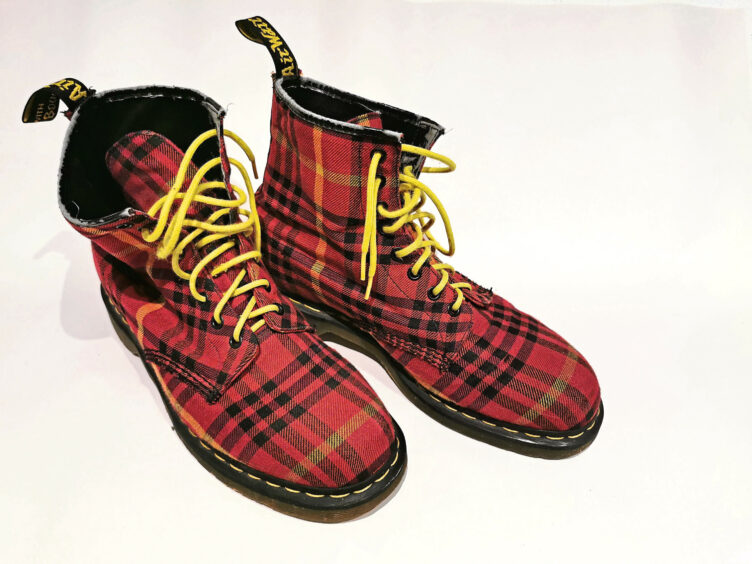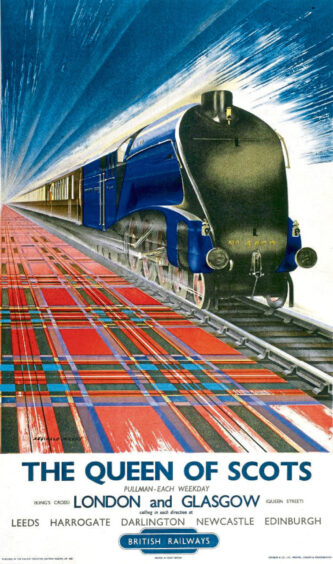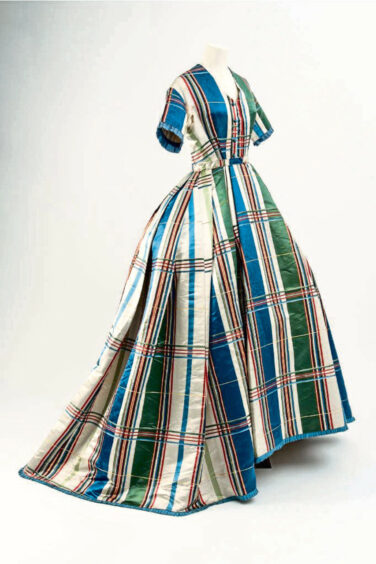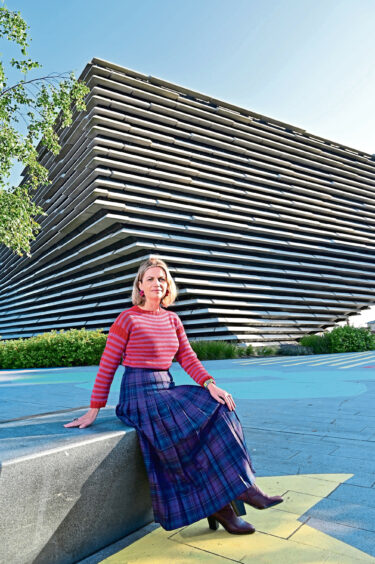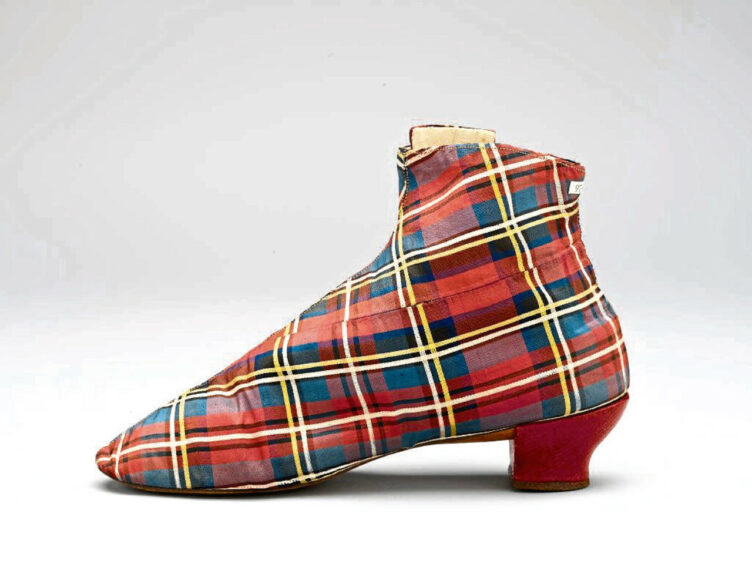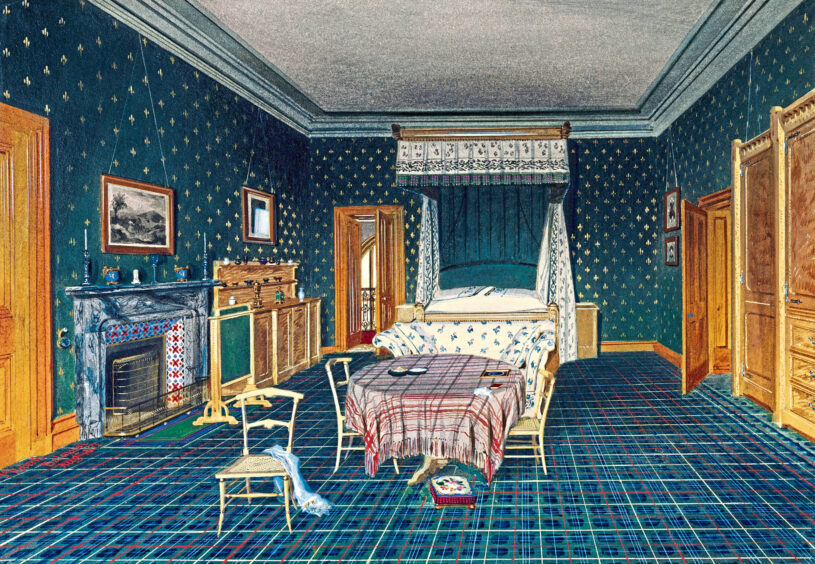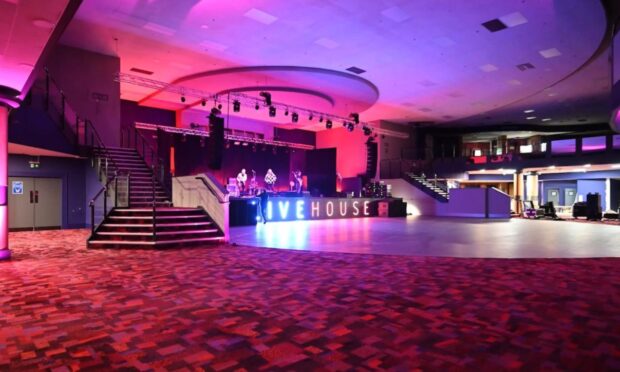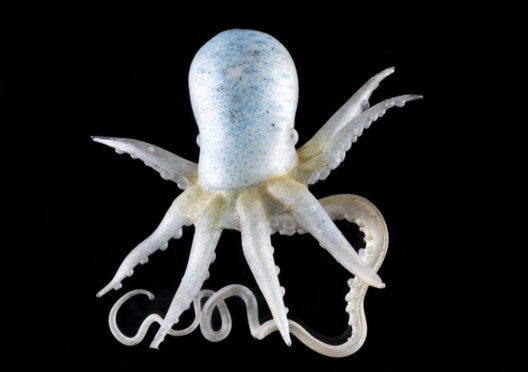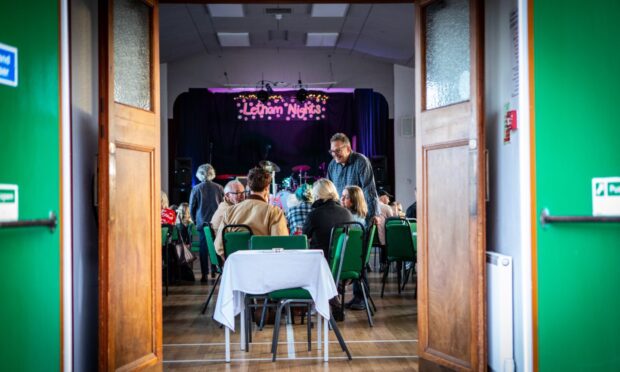V&A Dundee is hosting the first major exhibition focusing solely on tartan in Scotland in 34 years. As the design museum marks its fifth anniversary, it’s perfect timing, discovers Gayle Ritchie.
Tartan – it’s something of a loaded word, evoking, for many, twee stereotypes of grizzled, bearded men in kilts playing bagpipes deep in some misty Highland glen.
While traditionally the chequered cloth was the uniform of Scottish clans, it’s evolved to become the inspiration for 21st Century designers galore, worn by royals, politicians, punks, and folk like you and me.
Look around and you’ll notice that tartan is everywhere – in decor, in clothing (most of us own SOMETHING tartan, if not a kilt, then a scarf, pair of socks, or even underwear) – and it shows no signs of “getting old”.
Even those of us who don’t consider ourselves to be “tartan fans”, and consign it to the stuff of “cultural cringe”, probably wouldn’t argue there’s any harm in celebrating the woven wonder.
Along with whisky and shortbread, it’s hardly done Scotland’s tourism industry any damage, has it?
While it’s known for its links to Scotland, it’s a badge of identity for many, globally.
Think Highland clans and the Jacobite uprising, the Tartan Army, punks in tartan bondage trousers, New Romantics in kilts, and the haute couture of the likes of Vivienne Westwood and Alexander McQueen.
It can scream both rebellion and sophistication, and yet there are those who still wince at the concept of the Bay City Rollers in tartan flares and the See You Jimmy hats available from tourist shops on the Royal Mile.
Essentially, it will always be on trend, and never, ever out of fashion: there’ll always be fresh twists and tweaks on what’s understood to be a “forever” sort of fabric.
Ever-present
“Tartan is not a material consigned to the past – tartan is ever present,” reflects James Wylie, assistant curator at V&A Dundee.
“The textile keeps reinventing itself and evolves to fit the needs of the next generation in Scotland and throughout the world.
“It’s a pattern of contradictions that amazes, commemorates, sparks debate, and inspires.”
James co-curated V&A Dundee’s new exhibition – Tartan – which opens on April 1 and runs until January 14 next year.
It’s the first to focus solely on the cloth in 34 years. The last, also titled Tartan, was at Edinburgh’s Talbot Rice Gallery in 1989.
Dazzling selection
It brings together a dazzling selection of more than 300 objects from over 100 lenders worldwide, illustrating tartan’s universal and enduring appeal through iconic and everyday examples of fashion, architecture, graphic and product design, photography, furniture, glass and ceramics, film, performance and art.
The exhibition explores how the fabric has connected and divided communities worldwide, how it has embraced tradition, expressed revolt, and inspired great works of art as well as playful and provocative designs.
Key objects include a Hillman Imp with a tartan interior – which visitors will be able to ooh and aah at in the museum’s foyer – a portrait of a tartan-draped Alan Cumming, the swatch of MacBean tartan that astronaut Alan Beam took with him to the moon in 1969, alongside products such as the infamous tartan shortbread tin, and tartan travel rugs.
There are also items of devotion, from a fragment of tartan worn by Prince Charles Edward Stuart, now afforded relic status, to Bay City Rollers trousers, handmade by a lifelong fan.
Other exhibits include an 18th Century tartan dress coat for the Ancient Caledonian Society, Sir Jackie Stewart’s racing helmet with its distinctive Royal Stewart tartan band, contemporary streetwear from Japan, and Gerard Burns’ portrait of the late former Scotland International rugby star Doddie Weir OBE, and the 17th Century image of Lord Mungo Murray by John Michael Wright.
“It’s been a journey to curate Tartan!” says James, who says the exhibition was inspired by the critically-acclaimed book Tartan by Jonathan Faiers, Professor of Fashion Thinking at the University of Southampton.
“Jonathan’s book acted as a spiritual blueprint for the show, but it’s so much more than just a 3D rendition of his book,” he explains. “We expand upon many stories not explored within the book.
“It is now so much more than the symbol of nation, as youth trends reinvent it with every successive generation, from ‘Ivy style’ (a form of preppy, men’s fashion, thought to have formed in the 1950s in US college campuses), through to grunge.
“You might think ‘what an obvious choice for Scotland’s design museum’ yet, no exhibition to date has cast the net so wide on the subject. If there was ever a time to take a fresh introspection on tartan, it’s now.”
International collections
Along with other members of V&A Dundee’s curatorial team, James visited international tartan collections for inspiration.
While his colleague Kirsty Hassard visited the Chanel archives, and Mhairi Maxwell saw Philadelphia’s collections, James made his own pilgrimage to a Benedictine monastery’s archives in the Netherlands.
They also went on trips through the Highlands to visit collections, including the West Highland Museum in Fort William.
“Most major exhibitions involve no more than 40 or 50 lenders – we’re loaning from 103,” says James.
These include Chanel, Dior, Vivienne Westwood, Alexander McQueen, Tate, V&A South Kensington, National Museums of Scotland, National Trust for Scotland, National Theatre of Scotland, The Royal Collection, Fashion Museum Bath, the Highland Folk Museum and more, many of which are being shown together in Scotland for the first time.
It will also feature pieces by contemporary designers including Grace Wales Bonner, Nicholas Daley, Louise Gray, Charles Jeffrey, Owen Snaith and Olubiyi Thomas.
What to expect
James guarantees visitors will be blown away when they enter the museum and spot the bright red Hillman Imp Caledonian with its tartan-inspired interior, produced in Linwood in Renfrewshire.
“This really sets the exhibition up as one that will confound expectations,” he muses.
“You’ll also be greeted with TARTAN written in larger-than-life lettering, and rhythmic projected visuals of the loom accompanied by a jazz soundtrack.
“Splashes of colour are peppered throughout, taking inspiration from natural dye samples found at the Highland Folk Museum.
“These complement the many pieces of fashion and costume found throughout the show. At points, you’ll turn from a piece of 18th Century portraiture to find yourself confronting a piece of cutting-edge fashion.”
Speaking personally
Having been immersed in all things tartan for two and a half years, while working on the exhibition, James has found his kilt collection has grown – and says his “casual kilt-wearing” has become more frequent.
His experience of the fabric previously, he says, was “like any other Scot”, saved in the form of traditional dress for special moments like weddings.
“An early memory of tartan would be converting my mum’s sofa blanket into cloak mantle as a homespun rendition of Robert the Bruce in a primary four Scottish history play – complete with tinfoil lion rampant armour!” he laughs.
But for James, now, he regards tartan as a “pattern of contradictions”.
“On one hand it’s the choice dress of royalty, on the other it’s ‘Up Yer Kilt’ and ‘See you Jimmy’ hats.
“It’s a contested symbol between nationalists and unionists, and between traditionalists and rebels.
“Even its construction is a contradiction – the more colours in a tartan, the more subdued its pattern becomes.
“With a panoply of hues guided by the straight lines of warp and weft, it truly is woven psychedelia, and like every psychedelic, myth and reality intersect.”
People’s tartan
Members of the public were encouraged to submit objects for the exhibition to spark recognition and nostalgia, including the aforementioned Hillman Imp.
Other highlights include a guitar dressed in tartan owned by Dave Plenderleith, Vanessa Branson’s kilted dressing table, and a hand-customised pair of Bay City Rollers tartan culottes from Dundee.
James hopes visitors will leave the show inspired with a fresh outlook on the textile and pattern.
“Tartan is a political textile throughout every fibre of its being,” he says, “mythologised through the banning of Highland Dress post-Culloden, then the symbol of regimented loyalty to the crown during the French-Indian War, on to its repurpose by Sir Walter Scott as a national symbol after the Radical War of 1820.”
But he argues that to now call tartan a Scottish textile we do it a disservice.
“It truly is a global textile and pattern these days. It is ubiquitous in fashion across the world and constantly reinvented by those who wear it, not thoughtlessly consumed as some regressive form of national culture.
“It’s cherished by the diaspora, who have their own take on it, and it can represent anything you want it to be.”
Great moment
As V&A Dundee marks it fifth anniversary – it opened on September 15, 2018 – James says it’s a great moment to reflect.
He began working front-of-house at the museum in October 2018 and remembers the excitement in the first months of opening.
“Five years on, we’re still the new kids on the block, building relationships with partners across the wider city and country.
“But it’s also a time for looking forward. The museum built on Dundee’s rich landscape of culture and innovation, and I believe it has acted as a catalyst for future projects coming to the city.”
Tartan fever
When I catch up with V&A Dundee director Leonie Bell, she tells me she’s in the midst of “tartan fever”.
“We’ve been thinking about tartan for so long that it’ll be lovely to open it up to everybody else,” she says.
“Tartan is always relevant to Scotland and beyond but for us at V&A Dundee it’s our fifth birthday and it just felt like the perfect combination of maybe the most clichéd thing we could do, but also the most surprising and potentially the most subversive.
“There’s very few people that don’t have some sort of knowledge of tartan, but to give it a position of being the most recognised bit of design to ever come from Scotland gives it a real cultural gravitas.”
Leonie says while the exhibition reveals new stories about tartan, it also animates some of the more traditional stories.
She adds: “It’s a real experience. It shows that the choices we make in tartan every day have real significance in terms of our identity.”
It was hugely important to Leonie that the public were involved in the exhibition, hence inviting people to contribute souvenirs, keepsakes and mementoes.
“More than 300 objects have been sourced from some of the most impressive formal collections from around the world, many which have never been shown in Scotland before, and some of which won’t ever be again.
“But alongside that, and of equal value, we have private collections.
“We wanted to see what people had collected, and what was part of their own tartan collection.
“One of the things that’ll be really special is that people will have their own personal, emotional and nostalgic stories of tartan which we hope they’ll recognise in the exhibition.”
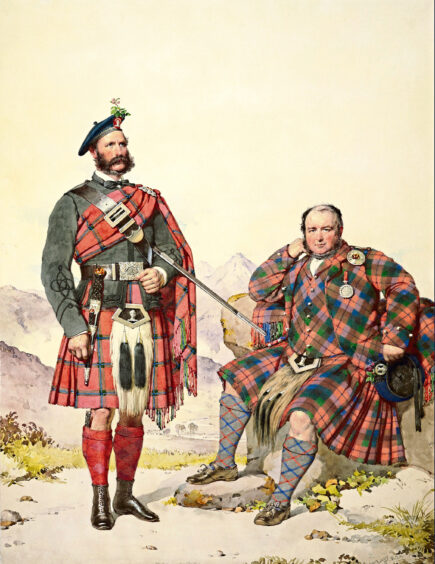
Leonie agrees with James that one of the most impressive items, in terms of scale, is the Hillman Imp from Paisley with an intact tartan interior and rugs.
“It’s brilliant that someone’s got that in their garage!” she says.
“Essentially, tartan is owned and used by military, royal family and political elite at the same time as being used by cutting-edge fashion designers, punks, football fans and music fans. All that comes through both the formal and personal collections.
“So people who’ve been fans of the Bay City Rollers, right through to really poignant moments where it was worn in war.”
Cultural value of kitsch
On the subject of kitsch, Leonie hopes this aspect of tartan will be given cultural value.
“Kitsch still has value; it still means something,” she says. “It represents something about what you’re making, selling and communicating about yourself.”
And, she says, while there are other well-known textile patterns out there like paisley, there’s nothing quite like tartan; there are few that trigger and invigorate the same amount of passion and identity.
“There’s this unbelievable ability for tartan to keep blooming in the hands of designers, artists and makers,” she adds.
“It’s quite a simple structure and yet it’s continually refreshed. It embraces the souvenirs of the Royal Mile and the Tartan Army as well as some of the most sophisticated cutters of the cloth like Chanel and Vivienne Westwood, Dior and younger designers.
“Tartan is adored and derided, has inspired great works of art and design, and somehow can represent unity and dissent, tradition and rebellion, the past, the present and the future.
“Tartan – the instantly recognisable symbol of Scotland, a global textile of oppression, rebellion, and fashion – is a major and must-see show for 2023.”
- V&A Dundee has commissioned kilt and dress maker Kinloch Anderson to create a new tartan for the show. The Tartan curatorial team consisted of Kirsty Hassard, Mhairi Maxwell and James Wylie, alongside consultant curator Jonathan Faiers, Professor of Fashion Thinking, University of Southampton.
- Tickets are on sale here.
